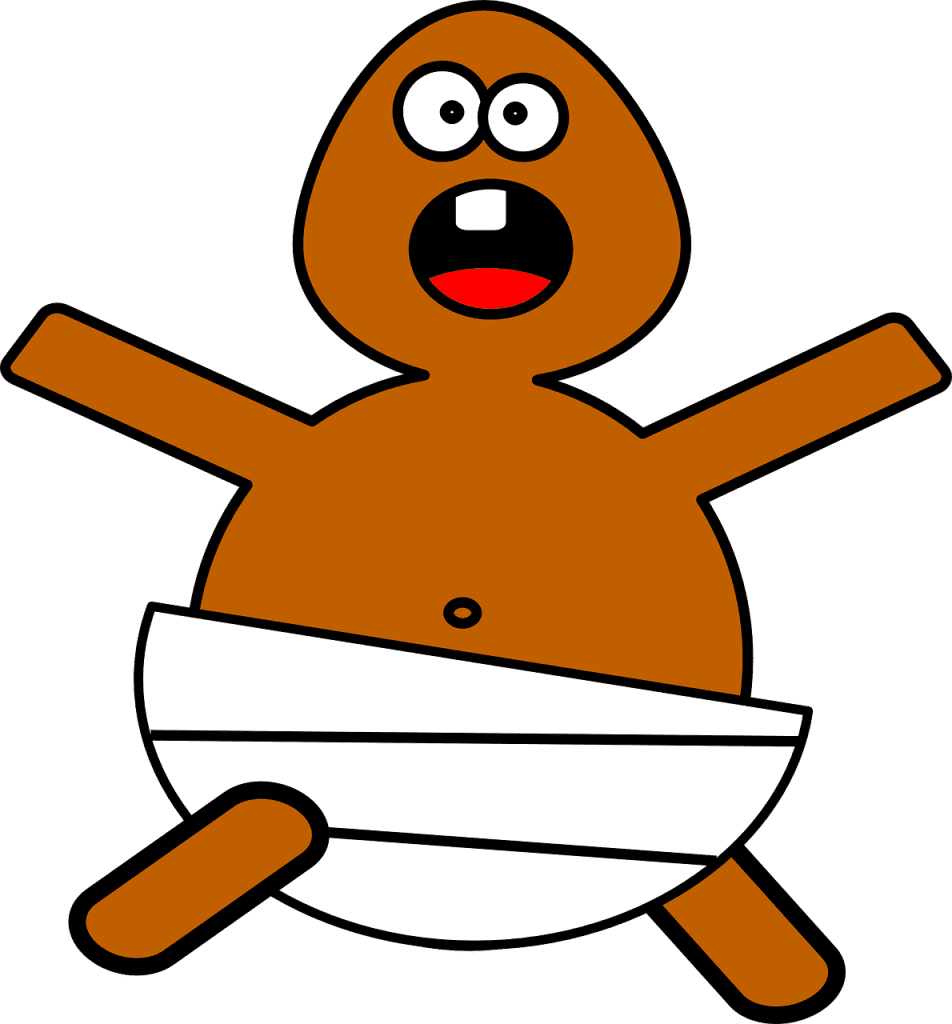
Constipation in children and infants – a basic chapter in pediatrics
This is a topic we come across daily, and it is very important in pediatrics.
This chapter is long and comprehensive — we will begin by reviewing constipation in children over the age of one, and end with a shorter overview of constipation in infants under the age of one.
First of all, it is important to keep in mind that constipation is very common in children, affecting about 10% of children worldwide. Adequate management and early treatment can resolve many issues and prevent long-term complications. On the other hand, poor or delayed management can leave a lasting negative impact on the child and their family for many years.
Parents play a central role in the management of constipation. So, if you’ve been searching for more information and made it to this page, try to stay focused—because attention to detail can be crucial.
Passing stool is part of our daily routine from birth and is typically a simple, painless process. However, the bodily systems responsible for this function are actually complex and require perfect coordination between several systems.
The following post was written by pediatric gastroenterologist Dr. Lev Dorfman, and you can find his contact information here.
In addition to this chapter, Dr. Lev Dorfman has also written another article for advanced readers on persistent constipation in children, addressing more severe cases.
What is the definition of constipation in children?
A clear-cut definition doesn’t exist. When discussing constipation in children, we consider stool consistency (soft vs. hard), stool frequency, and the ease or difficulty of passing stools.
For example: a child who passes a soft stool every three days without discomfort is not constipated. Yet a child passing a hard, painful stool once every two days is.
Counting stools by age misses the point. Textbooks define constipation as symptoms lasting at least one month, with signs like hard stools, painful defecation, large rectal volume, incontinence, and more.
In practice, I don’t wait a month to diagnose and start treatment if the symptoms are clear.
What are the main causes of constipation in children?
Constipation causes fall into two categories:
1. Organic constipation – caused by an underlying physical issue (anatomical, metabolic, neurologic, or drug-related). Even healthy-looking children require evaluation by a pediatrician to exclude these causes.
2. Functional (idiopathic) constipation – no identifiable organic cause. These are the majority of everyday cases.
Parents may report lifelong constipation, or it may appear suddenly without prior history.
What causes functional constipation?
Common contributors include:
– “Poor” dietary habits (low fiber)
– Withholding stools due to fear or habit, often triggered by transitions (diaper weaning, public toilets, traumatic events)
– A natural tendency in some children
– A vicious cycle: painful stool → withholding → harder stools → more pain → further withholding
What starts the vicious cycle?
Normally, intestinal contractions push soft stool into the rectum, triggering sphincter relaxation and painless defecation.
If this process falters—resulting in stool buildup—the child experiences pain and discomfort, both physical and emotional. They learn to hold stool, weakening intestinal contractions and worsening retention. Eventually watery stool may leak around the blockage (soiling), yet the root problem remains.
What are the symptoms of constipation?
Besides hard stools, decreased frequency, straining, and pain, other important signs include:
Non‑specific abdominal pain – intermittent pain often relieved by stool, but shouldn’t occur at night (a red flag).
Soiling – leakage of liquid stool around retained hard stool.
Paradoxical diarrhea – “diarrhea” caused by leaking liquid stool, not true diarrhea.
Urinary changes – withholding may also affect urination, or severe retention may cause involuntary urination.
Blood on stool – usually minor, from anal fissures or hemorrhoids.
Poor appetite or weight loss – less common, and weight loss is a red flag requiring prompt medical attention.
Post‑stool relief – typical, but symptoms usually return after a few hours or days.
Encopresis – involuntary stool leakage; see our dedicated chapter here.
Red flags include: nighttime pain, vomiting with pain, weight loss, and blood or mucus in stool.
What does the pediatrician look for?
They take detailed history (onset, previous conditions, stool habits, emotional impact) and perform a physical exam—focusing on abdomen, lower spine, and anus. Hard stools may be felt in the abdomen, and anal fissures or high sphincter tone may be seen.
Lab and imaging tests needed?
Most functional cases need no testing. If done, labs may include calcium and thyroid tests, and celiac screening (info here). Imaging (such as ultrasound) is uncommon for pure constipation.
How can we treat constipation?
Early intervention is key. Treatment is not one-off; it requires commitment from both child and family. It involves combined strategies:
Emotional support – Reassure the child and family. Validate their experiences, ease anxiety, and promise that relief is possible.
Behavioral therapy – Encourage regular toilet sitting (especially after meals), use a footstool for posture, and maintain a calm atmosphere. Reinforce routine and positive feedback.
Nutritional support – Increase fiber (fruits, vegetables, whole grains), reduce constipating foods (e.g. bananas, rice), and encourage fluid intake. Often requires household diet adjustments.
Pelvic floor physiotherapy – Strengthens and coordinates muscles, teaches awareness, and promotes correct toilet posture, often via play and biofeedback.
Pharmacological treatments:
– Lactulose – draws water into stool; used in select cases.
– Fiber supplements – soften stool without making it watery.
– Paraffin oil – no longer first-line.
– Polyethylene glycol (PEG) – first-line OTC powder; tasteless, colorless, mixed in drinks. Always use under medical guidance.
– Anal ointments – for fissures and sphincter relaxation.
– Rectal interventions – enemas/suppositories for persistent cases or infants.
– Manual disimpaction – under anesthesia, if large fecal stones block the bowel.
– Advanced therapies – stimulants, prokinetics, and secretagogues prescribed by specialists.
When and how long are medications used?
Use depends on treatment goal. Stool softeners are preventive. Hard clogs may need “clean‑out” prep-style laxatives, rectal tools, or disimpaction before maintenance with PEG and behavioral methods.
Treatment duration often equals twice the duration of pre-existing constipation. Gradual tapering rather than abrupt discontinuation prevents relapse. Goal: daily, soft, painless stools with ongoing support.
Constipation in infants under one:
Read our dedicated chapter here.
In summary, this comprehensive and professional overview underscores the importance of early, multi-pronged treatment. By combining behavioral, dietary, pharmacological, emotional, and physical therapy, most children achieve resolution and long-term well-being.
Good luck!
For comments and questions, please register
